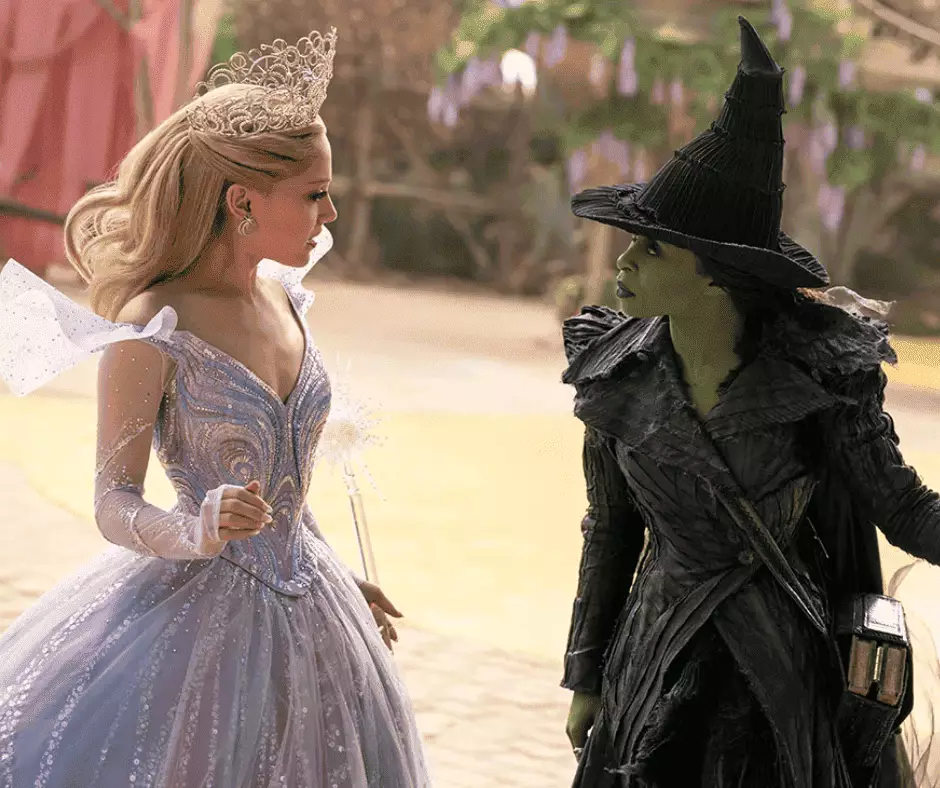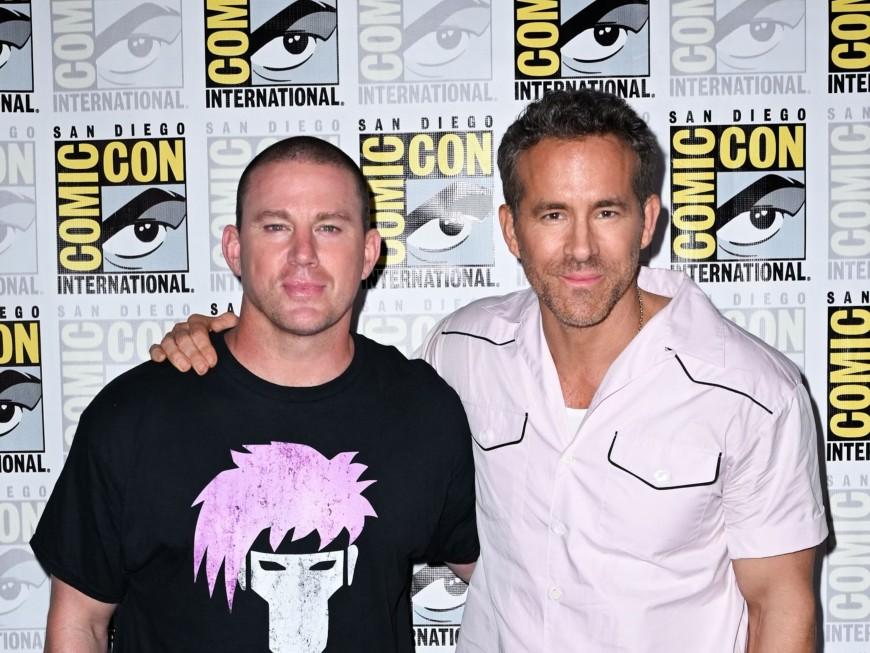Sci-Fi as a Business Model
Science fiction has always offered a way to explore what might come next. Today, it has become a blueprint for how creative businesses operate. The upcoming films The Running Man and Project Hail Mary are both designed to do more than entertain. They represent carefully planned systems of ownership, licensing, audience targeting, and creative collaboration.These projects give us two detailed examples of how intellectual property is being monetised, how value flows through multiple layers of production, and how each stakeholder, from authors to directors to platform distributors, takes their share. For teams managing creative projects and payments, these films are not just stories. They are case studies.
IP Management as a Long-Term Investment
The Running Man is being reintroduced to audiences through Edgar Wright’s new adaptation. Unlike the 1987 film with Arnold Schwarzenegger, this version goes back to the original 1982 novel by Stephen King, written under his pseudonym Richard Bachman. This shift speaks directly to the importance of IP source control. Rather than repackaging a familiar brand, the creators are restructuring it at the foundation level.This is a model that favours long-term value. Rights to legacy content are being reexamined with today’s market in mind. The property is being refreshed, retold, and redistributed with new partnerships and updated ownership structures. When the source material is clearly defined and properly licensed, everyone involved in the re-adaptation process, from directors and producers to soundtrack creators and marketing teams, can negotiate from a clear starting point.
Project Hail Mary follows a similar arc. Andy Weir, who wrote The Martian, retained a strong position over his material. He was involved early in the adaptation process, which helped shape the film’s trajectory. This kind of author control is no longer rare. Creators who understand the downstream value of their ideas are setting new terms in their contracts, often securing creative input, profit shares, and reversion rights.
Creative Talent Shapes Financial Outcomes
The attachment of Edgar Wright to The Running Man and the team of Lord and Miller to Project Hail Mary signals something clear to investors and distributors: the project has direction and identity. These creators bring more than technical skill. They bring predictability in audience engagement, brand positioning, and tonal consistency.Their names act as trust signals. Studios and platforms are more likely to approve production budgets when a known creative team is leading the project. Distributors are more confident in securing international sales. Partners in marketing, merchandising, and post-release licensing are more likely to invest. This becomes even more valuable when a project is part of a long content lifecycle that involves multiple viewing formats, soundtrack releases, and consumer products.
Creative leverage translates into contractual influence. Directors with a strong track record are often granted co-producer status. Writers may hold backend points. Composers and editors may negotiate for participation in revenue splits. These arrangements depend on how the contracts are structured and how payment tracking is managed over time.
Platform Value is no Longer Box Office-First
In the past, theatrical performance was the primary indicator of a film’s success. This model has shifted. Platforms now calculate value based on total ecosystem impact. That includes streaming performance, user retention, licensing potential, and global distribution.Both The Running Man and Project Hail Mary are designed for this kind of ecosystem. One functions as a speculative social commentary that supports modern reinterpretation across territories. The other builds on scientific realism and emotional intimacy that appeals to global audiences in high-value streaming markets. Each project enters the market with flexibility. It can run in theatres, on streaming platforms, in education spaces, and in companion books or audio formats.
This means rights agreements must cover more than theatrical runs. Each contract must account for multiple formats, varying geographies, and layered participation. With so many stakeholders, from authors and screenwriters to sound designers and visual artists, there is no room for imprecise reporting or one-time payments. Smart teams use systems that manage the complexity.
Ancillary Revenue Needs Creative Tracking
Modern science fiction operates in multiple categories at once. These films are cinematic releases, digital experiences, merchandise collections, and soundtrack properties. Each layer brings new participants and new revenue streams.The Running Man’s use of dystopian visuals and high-tempo music already suggests a future where EDM tie-ins, trailer soundtracks, and promotional remixes will be monetised. Project Hail Mary, with its emphasis on isolation and survival, could move into education licensing, audiobook extensions, or interactive learning environments.
These revenue paths are not automatic. They depend on smart licensing, flexible contract design, and accurate attribution. Teams that manage these projects must ensure that everyone involved is credited correctly and compensated fairly. Without tools for managing splits and tracking usage, even the most successful properties can lose money to friction and disorganisation.
Structure Determines Scalability
Science fiction allows storytellers to explore new realities. At the same time, it teaches businesses how to build better creative systems. Both The Running Man and Project Hail Mary offer examples of what happens when creative ideas are structured, protected, and developed through clearly defined agreements.At Creative Splits, we build tools for creative teams that operate in this environment. Whether you are handling a film, a soundtrack, a branded collaboration, or a multiplatform campaign, our platform helps you track, report, and distribute payments with accuracy and transparency. Contact us now for a free demo!






